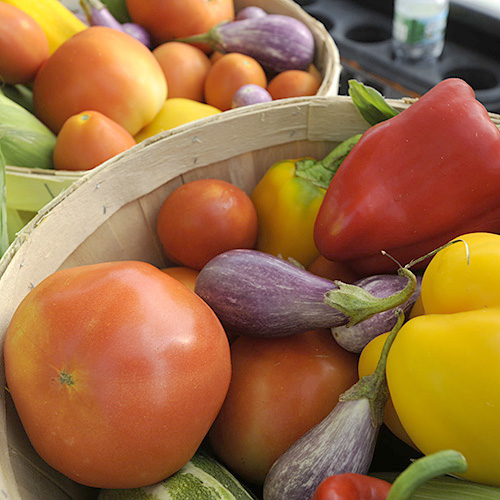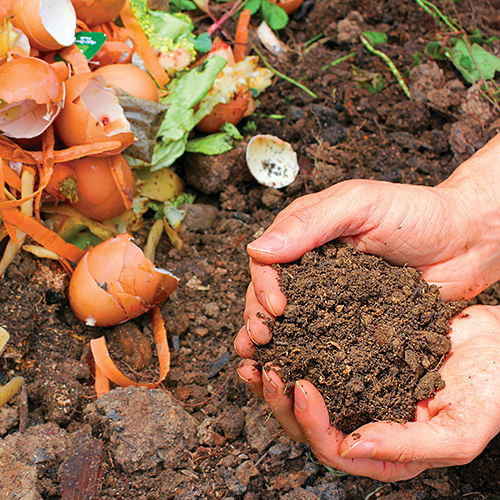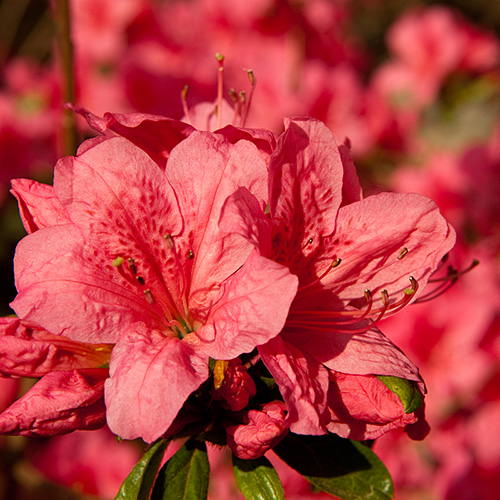Lawn & Garden
Frequently Asked Questions



Select a topic:
- Fruit Trees
- Garden and Household Pests
- Houseplants
- African Violets
- Q: How do I care for African violets?
- A: The African violet is an excellent flowering houseplant that will grow and flower under low light intensities found in the average home. The large numbers of different varieties, types and colors available, make this an excellent plant for interior decoration of the home.
African violets need only low intensity light for 8-12 hours per day. If light is too low, leaves are usually deeper in color and thinner than leaves on plants receiving higher levels of diffused light. African violets can be successfully grown when the only source of light is from fluorescent lamps. Although incandescent lamps may be used, fluorescent lamps give better results, are less expensive to operate, and produce less heat. Excessive light levels cause leaves to be pale or yellowish green, much lighter than normal and some leaves may show dark areas where they have been shaded by other leaves.
The length of time plants are exposed to light also affects growth and flowering. African violets should not be exposed to direct sunlight.
African violets grow best at a night temperature of 65 to 70°F. African violets tolerate dry air, but need higher humidity for best growth and flowering. Drainage is one of the most important considerations in preparing a soil mixture for African violets.
A definite schedule for watering African violets is not desirable since frequency and amount of water required varies with soil mixture, drainage, light, temperature and humidity.
African violets may be watered from the top or bottom. When watering from the top, apply sufficient water to surface soil to thoroughly saturate it and discard excess water which drains through the bottom of the pot. Watering from the bottom may be done by placing the pot in a container to which about 1'' water is added. When the soil surface becomes moist, remove the pot and pour out of excess water. The temperature of the water should be the same as that of the room or slightly warmer.
Various disease organisms may affect African violets from time to time, but adequate spacing of plants, use of sterilized soil, provision for good air circulation, prompt removal of faded flowers and unhealthy leaves, and control of pests are all important preventative measures.
For specific information on insecticides, fungicides, and African violets contact your local county extension office. Excerpts from the University of Florida, Institute of Food and Agricultural Sciences Fact Sheet ENH-17, (Jones) revised: February 1991.
- A: The African violet is an excellent flowering houseplant that will grow and flower under low light intensities found in the average home. The large numbers of different varieties, types and colors available, make this an excellent plant for interior decoration of the home.
- Q: How do I care for African violets?
- Poinsettia
- African Violets
- Lawn Care and Landscaping
- Pesticides and Fertilizer
- Trees and Shrubs
- Vegetable Gardening and Small Fruits
- Wildlife

